Danish Architecture Center celebrates trailblazing 20th-century designer Nanna Ditzel
A new exhibition dedicated to the groundbreaking work of Nanna Ditzel opens in Copenhagen

The incomparable Danish designer Nanna Ditzel (1923-2005) once said, 'My time is too valuable for housekeeping'. A sentiment that in the mid-20th century reflected more than a personal preference, it was a challenge to the conventional roles expected of women at the time.
Ditzel’s refusal to be constrained by societal expectations was evident in her work and success as a furniture designer – a world that was (and still is) dominated by men – where she broke free from traditional design boundaries. A pioneer of 20th-century design, she focused on freedom of movement and inclusivity, prioritising the human body in her furniture and spaces. So ahead of her time was she, in fact, that in 2019, Danish brand Mater reissued a set of garden furniture she had designed alongside her husband Jørgen Ditzel. Originally launched in 1955, the table-and-chair collection was reimagined by Mater in ocean-waste plastic, the company scooping a Wallpaper* Design Award in the process.
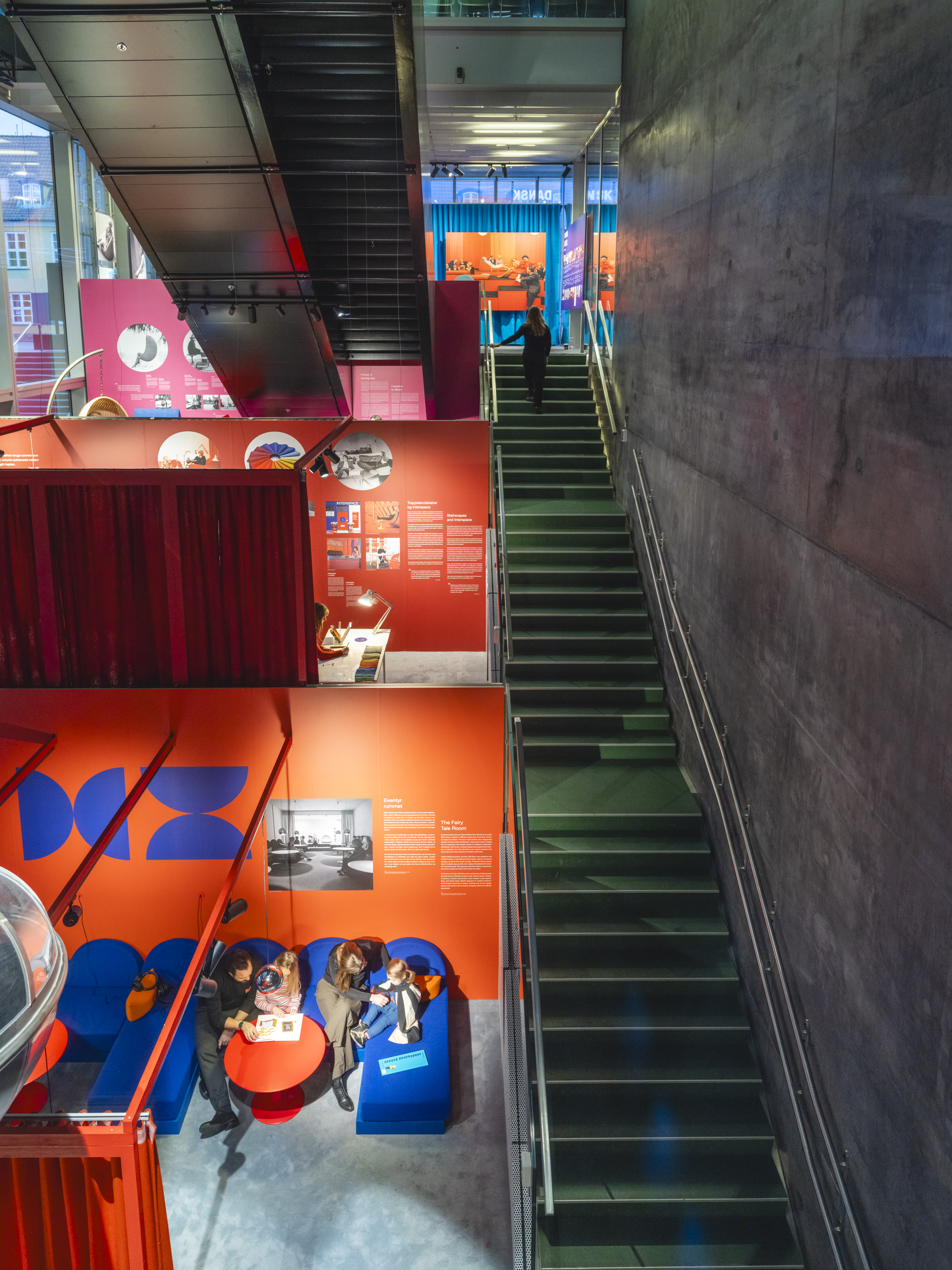
Located in the museum's Staircase Gallery, the show is an immersive journey through Ditzel’s life and legacy
This is why we are delighted to see a new exhibition dedicated to Ditzel's work now open at the Danish Architecture Center (DAC), running until 11 May 2025. ‘Nanna Ditzel: Breaking Free’ celebrates the Danish design pioneer’s visionary contributions and invites visitors to experience how her work reshaped the way we use and interact with spaces. The exhibition, located in the museum's Staircase Gallery space, is an immersive journey through Ditzel’s life and legacy, offering a rare opportunity to engage physically with her modular and flexible designs.
From her iconic ‘Hanging Egg' chair to the multifunctional 'Trisse' chair, the exhibition showcases a variety of Ditzel’s works that challenged traditional notions of furniture. Ditzel’s designs were not static objects but ‘living’ elements that allowed for flexibility, movement, and creativity. One of the highlights is her 'Villette' furniture landscape, created at her London studio Interspace, which merges furniture, surfaces, and colour to form a holistic experience. Also featured is the 'Fairy Tale Room', originally developed for the children's library in Lyngby, which reflects Ditzel's commitment to nurturing imagination and creativity in children through design.
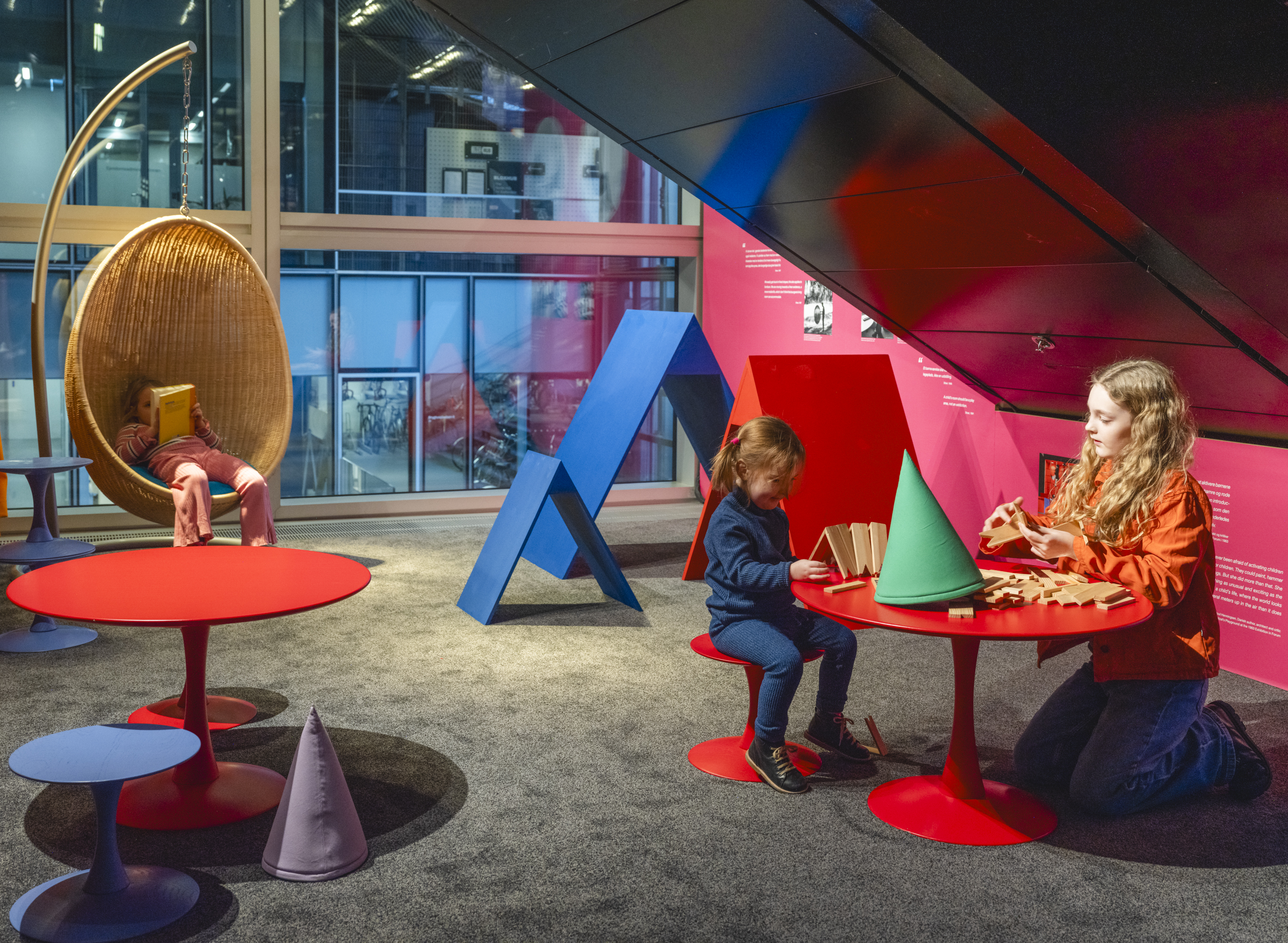
The showcase offers a rare opportunity to engage physically with Ditzel's modular and flexible designs
The exhibition highlights Ditzel's ongoing relevance in contemporary design conversations, particularly in addressing today’s challenges around sustainability, flexibility, and inclusivity. ‘At DAC, we consider Ditzel's work as an important reminder of how design can shape our everyday lives,' notes senior curator Pernille Stockmarr. ‘Today, as we face the challenges brought on by climate change, urbanisation and the need for more sustainable solutions, it has become increasingly important to rethink the future of spaces and cities. Ditzel's flexible and innovative solutions can still inspire today’s architects and designers to think with flexibility, adaptability and long-term solutions as key elements.'
‘Nanna Ditzel: Breaking Free’ is on show until 11 May 2025 at the Danish Architecture Center (DAC), dac.dk
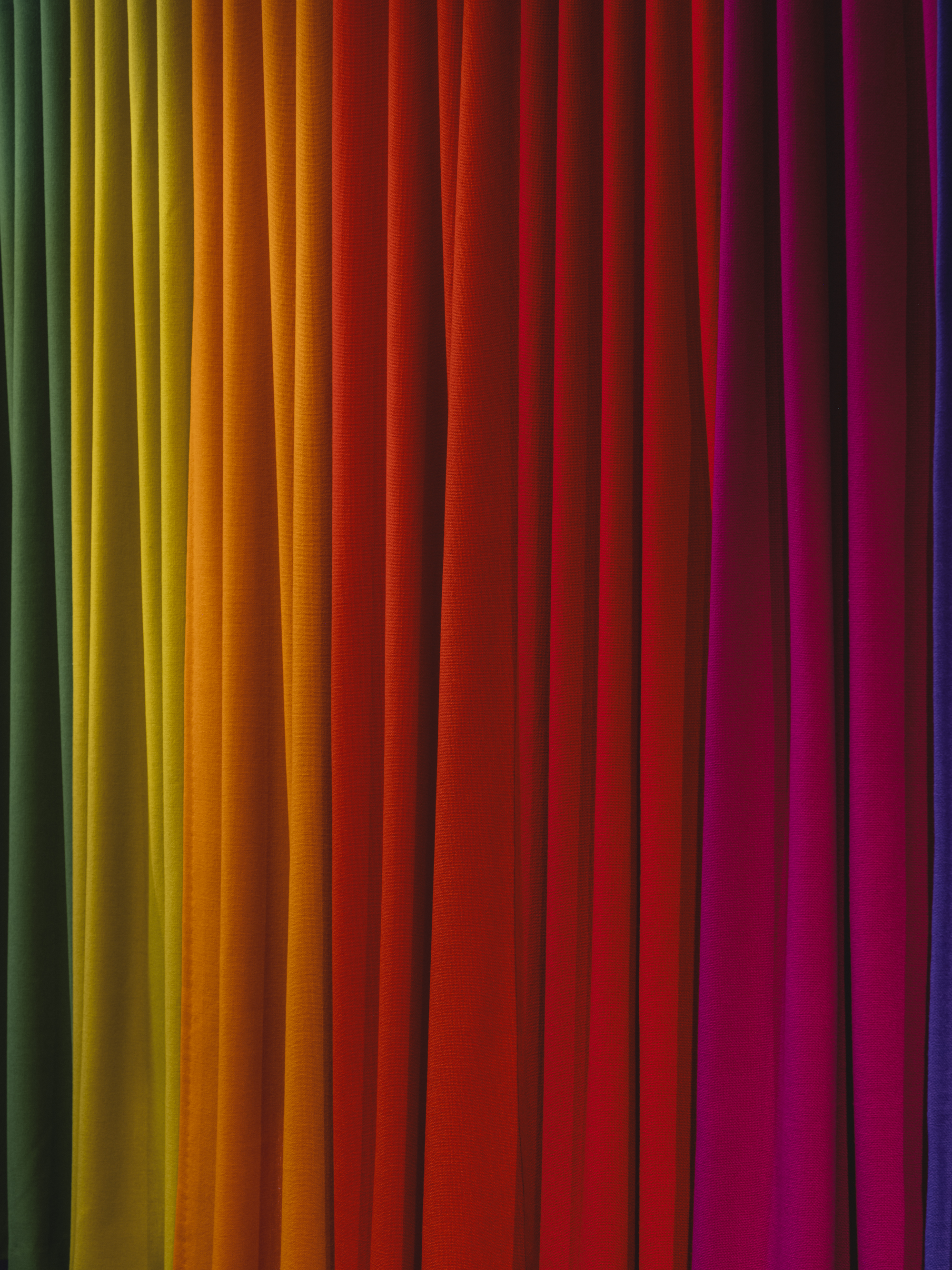
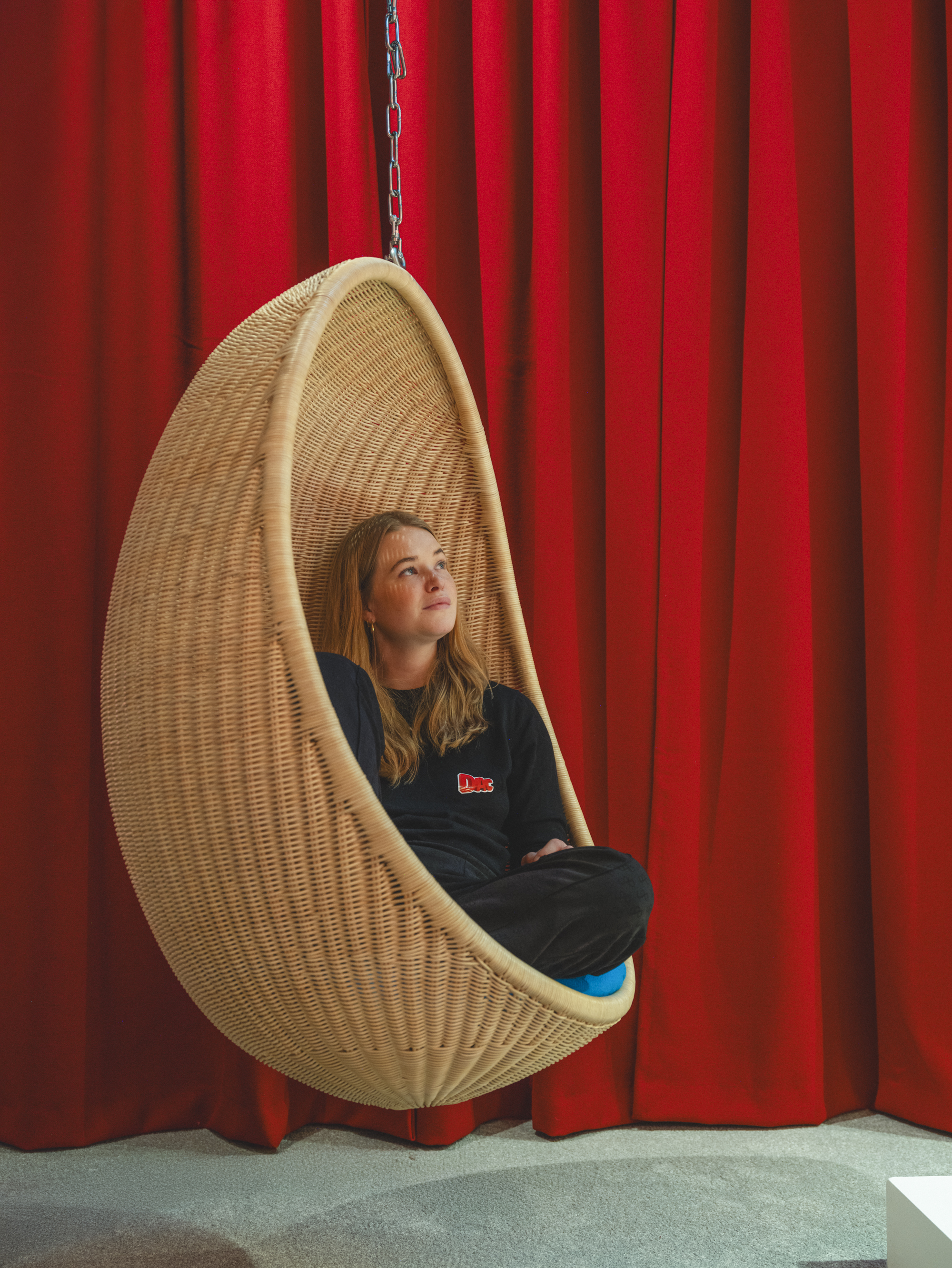

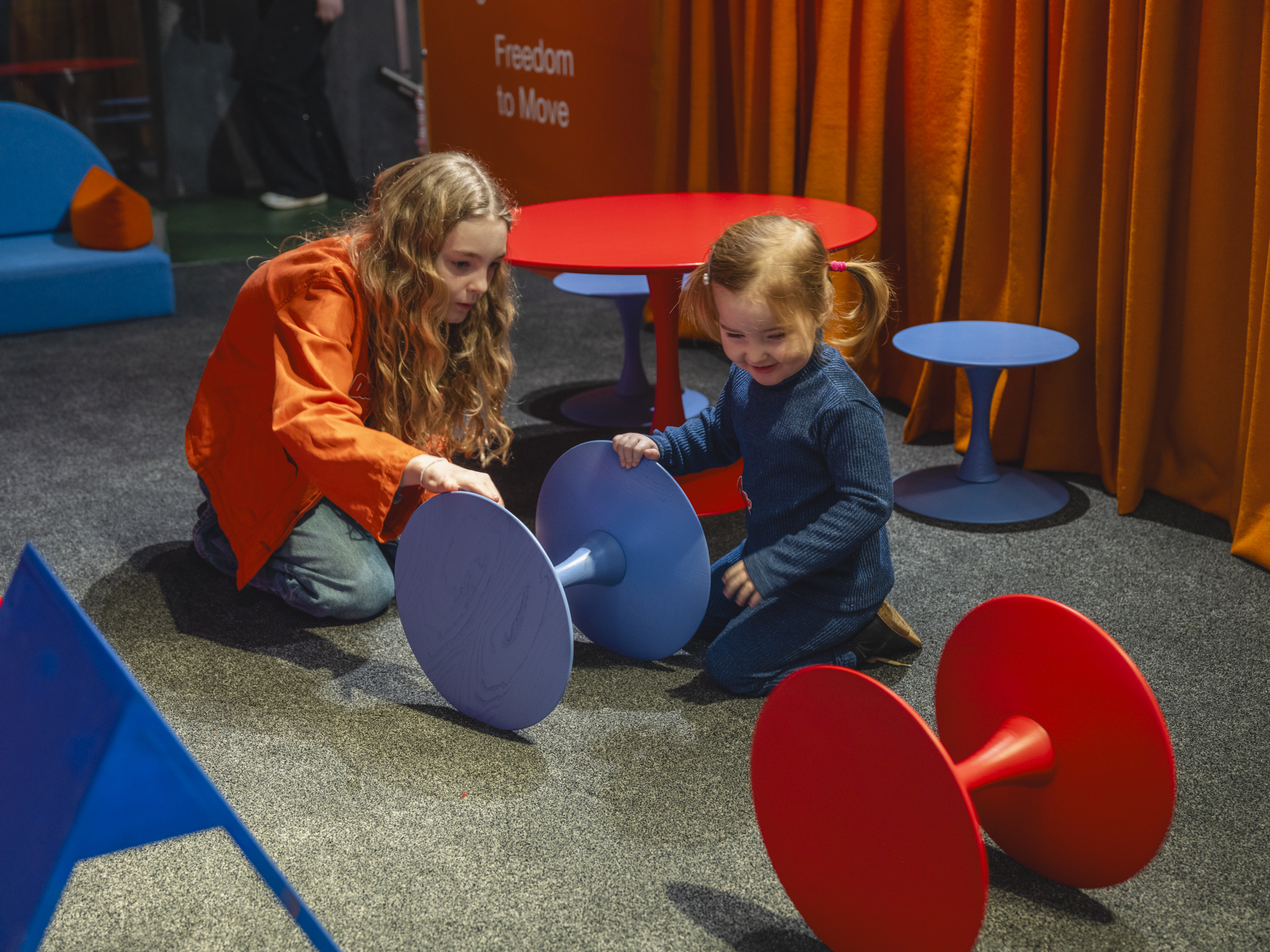
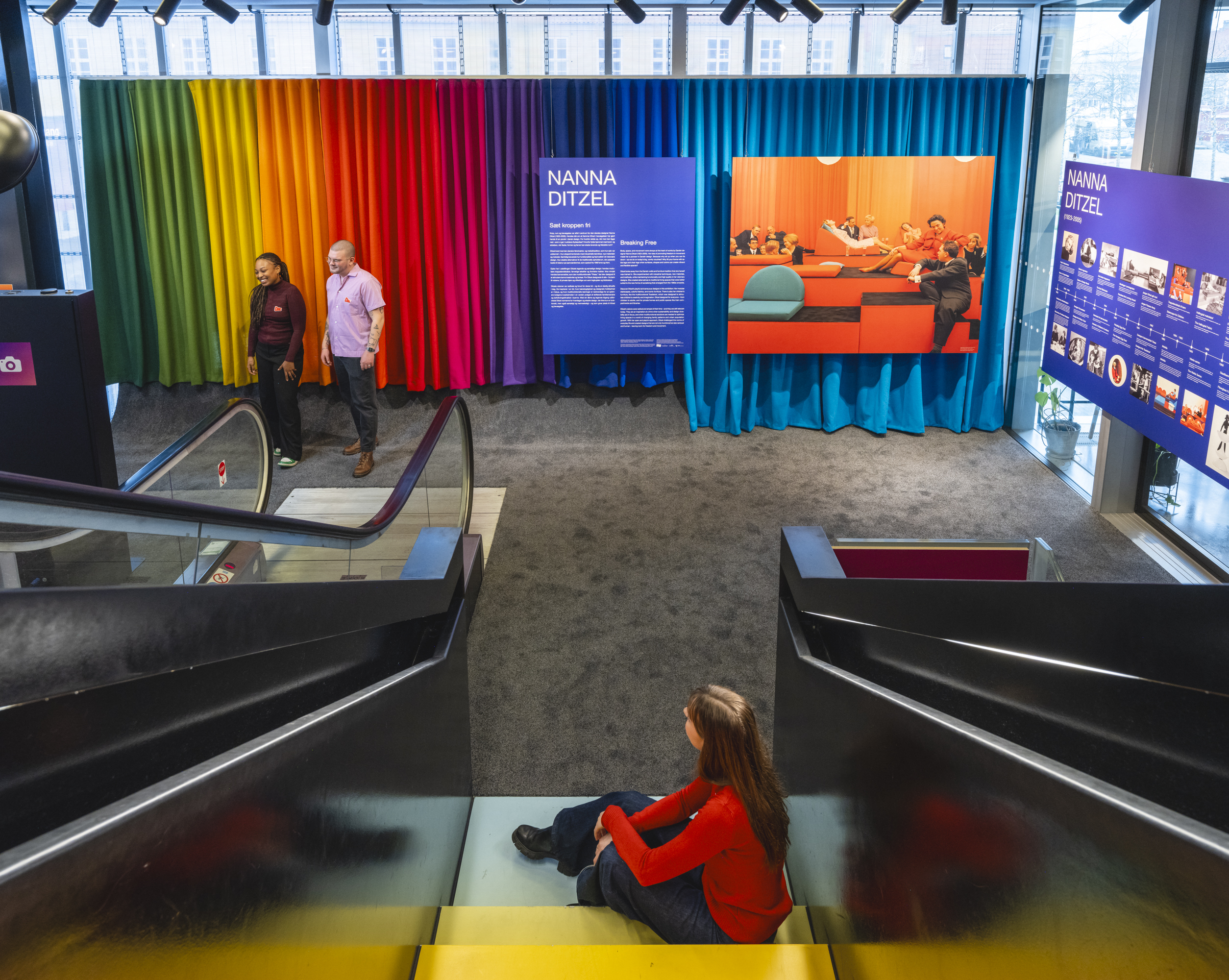
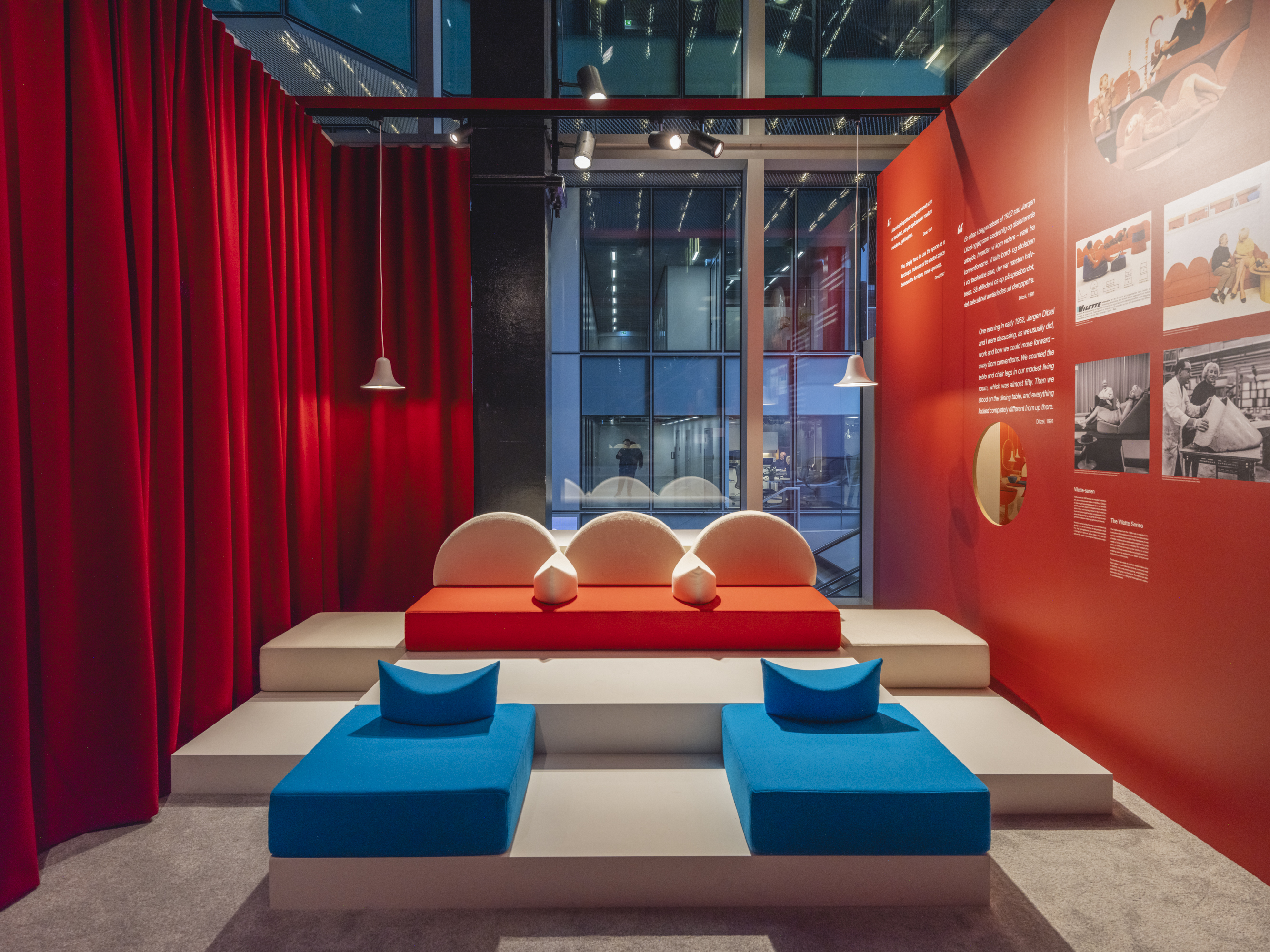
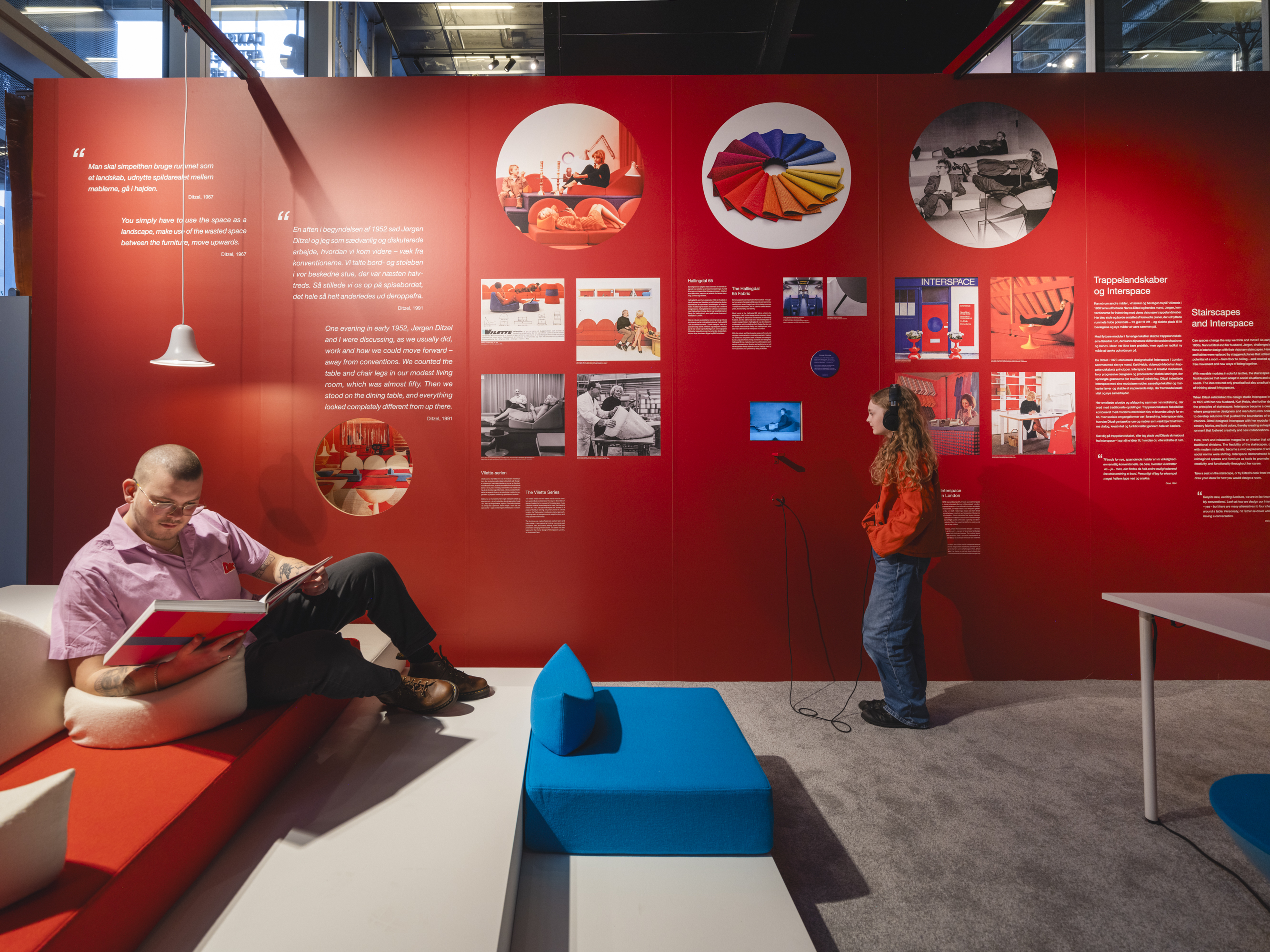
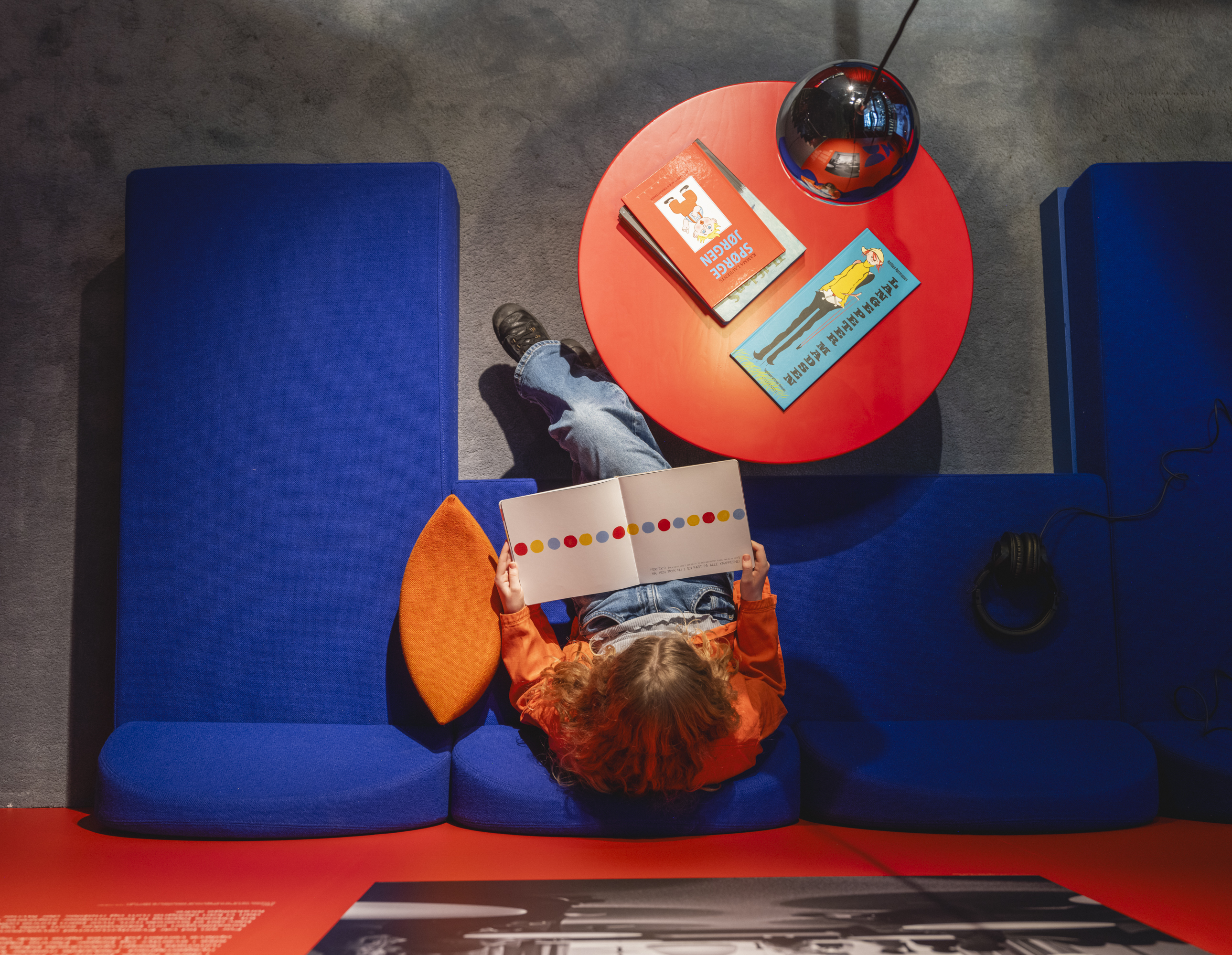
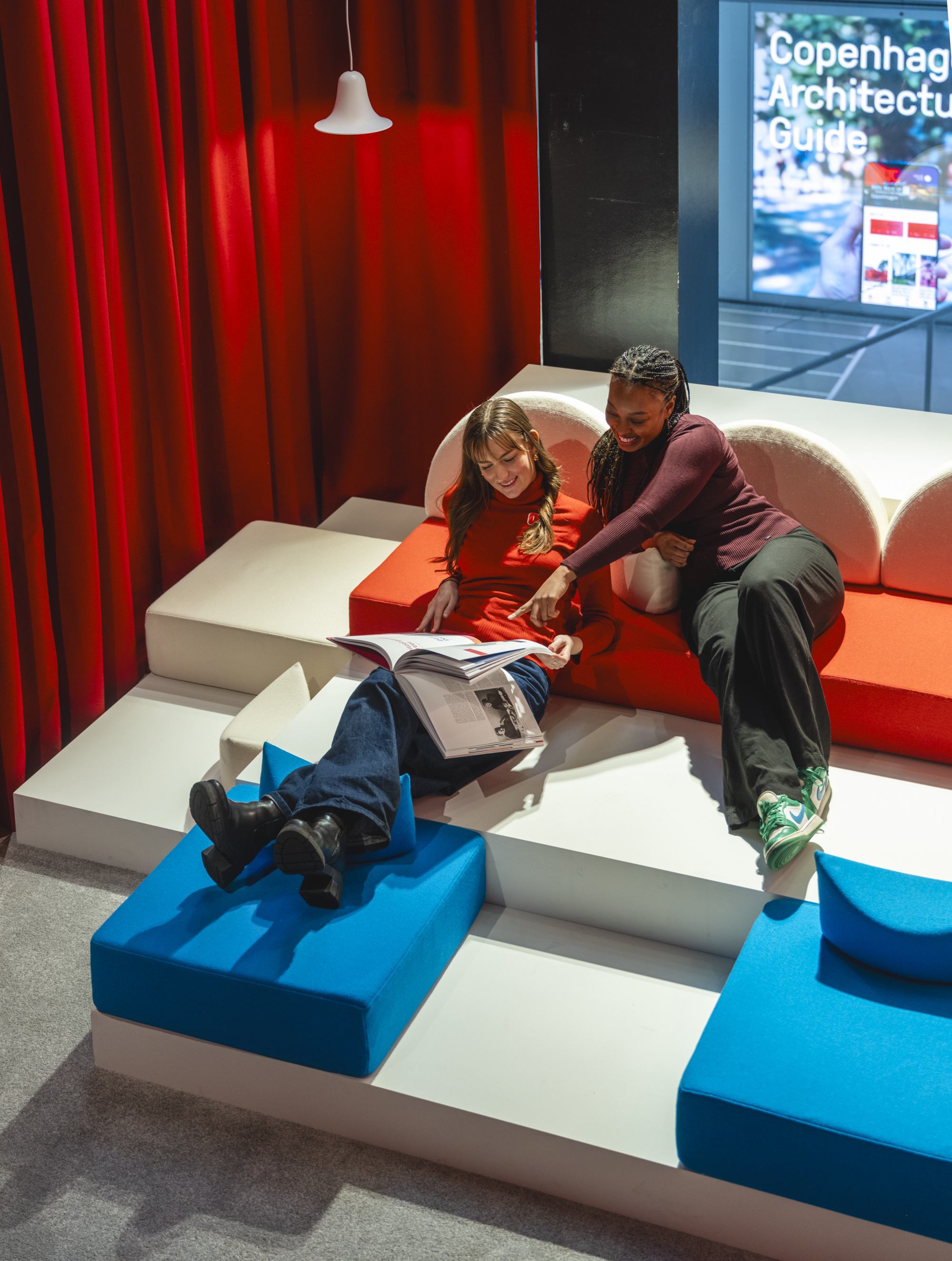

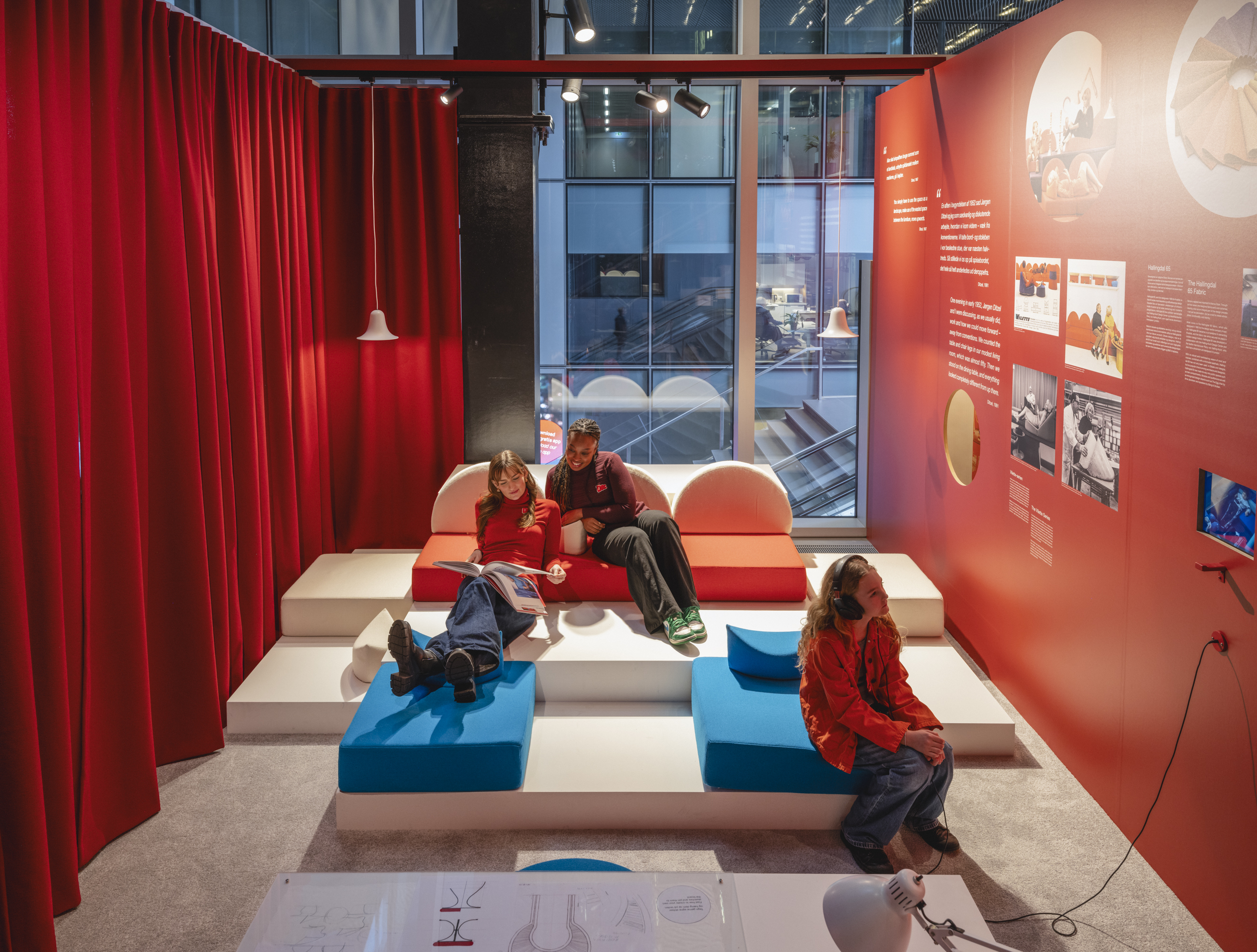

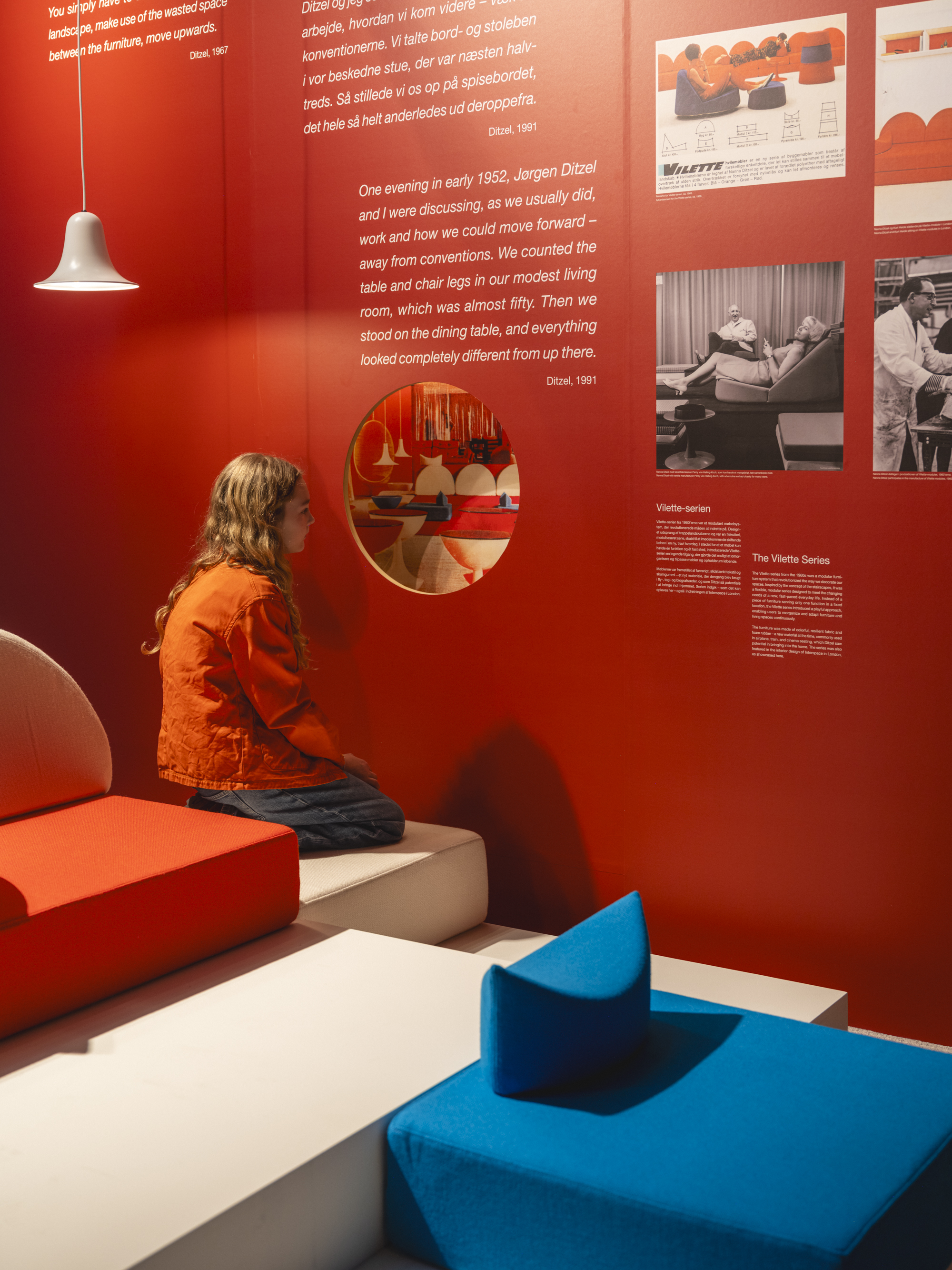
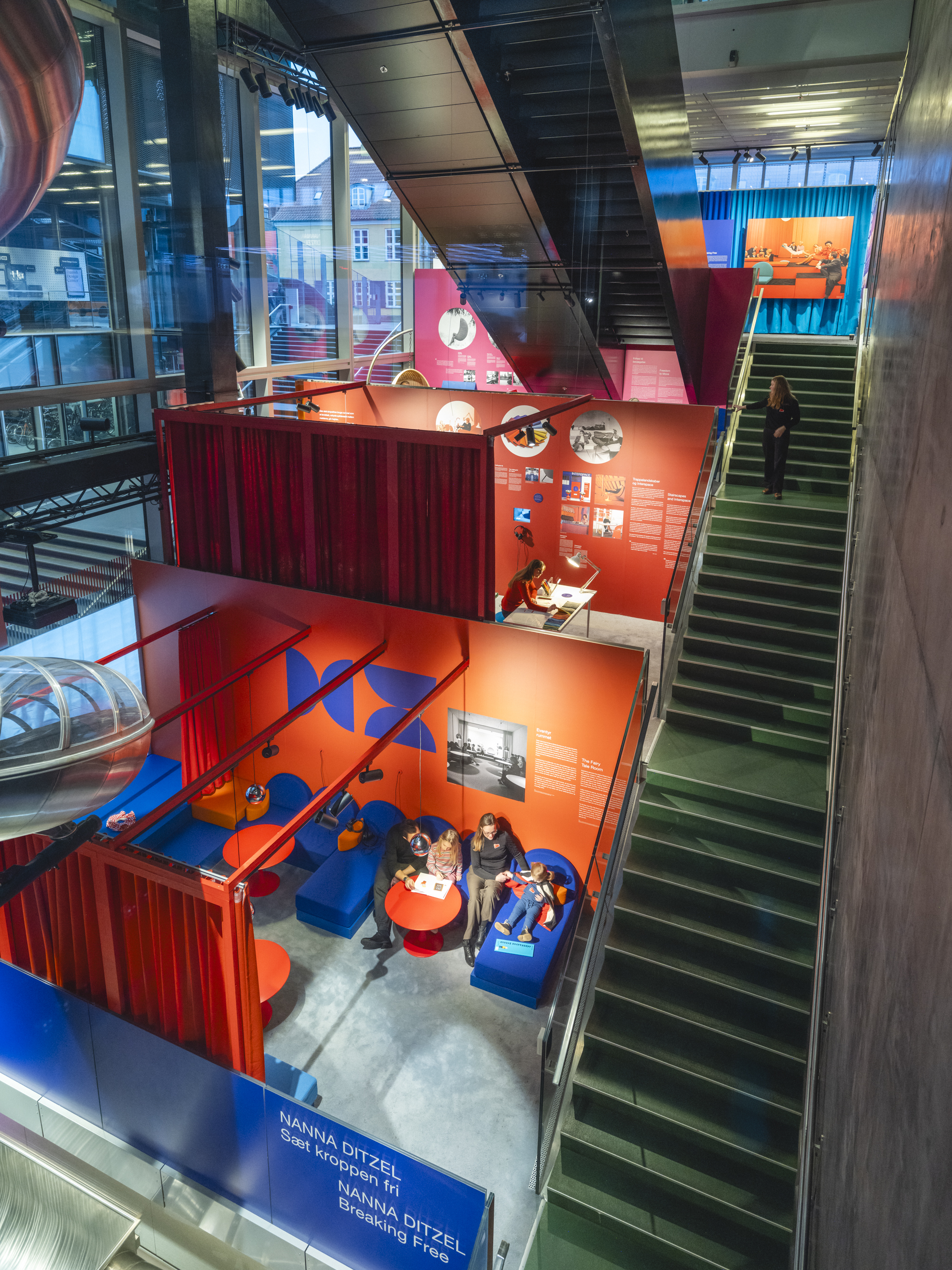
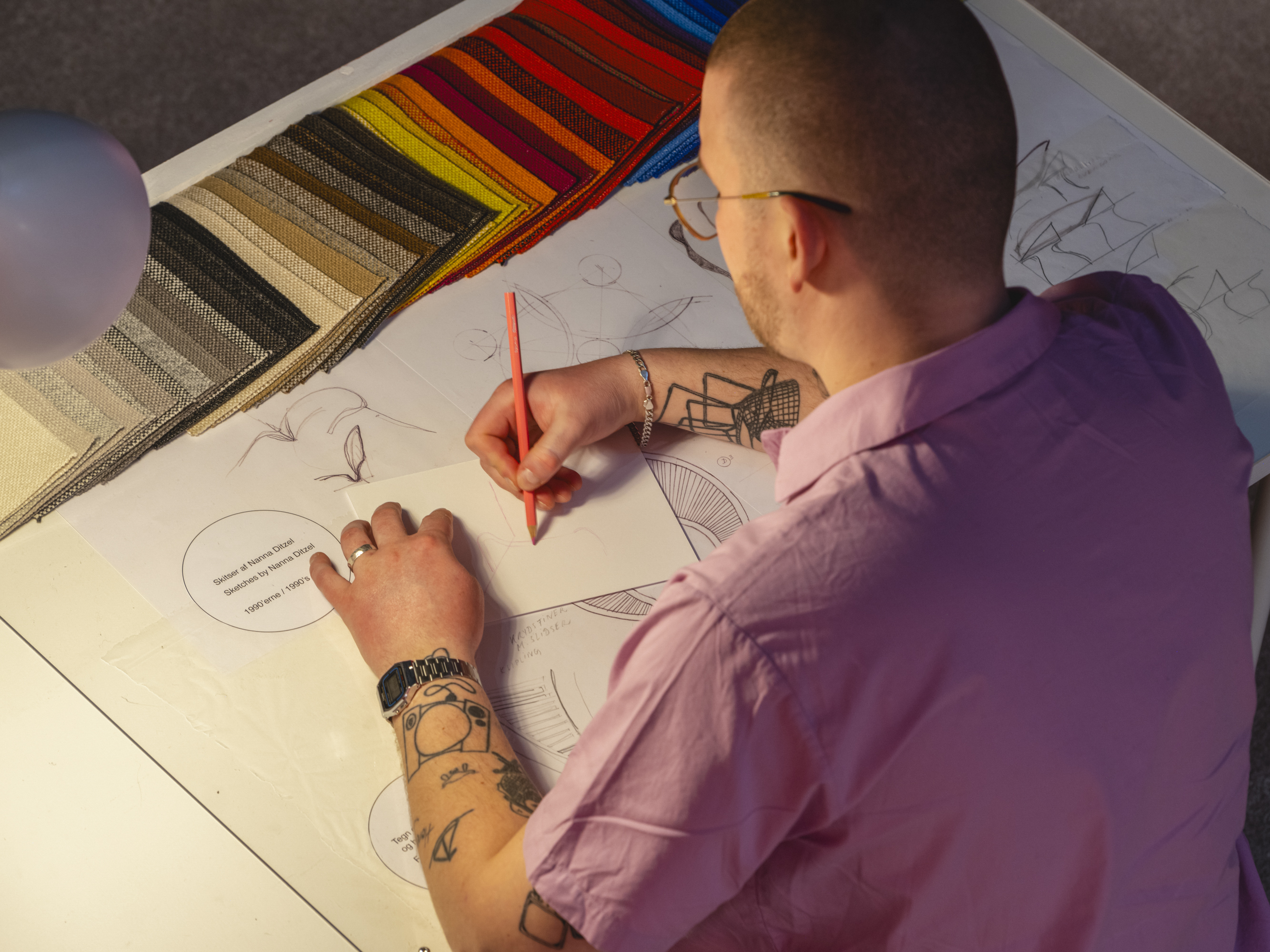
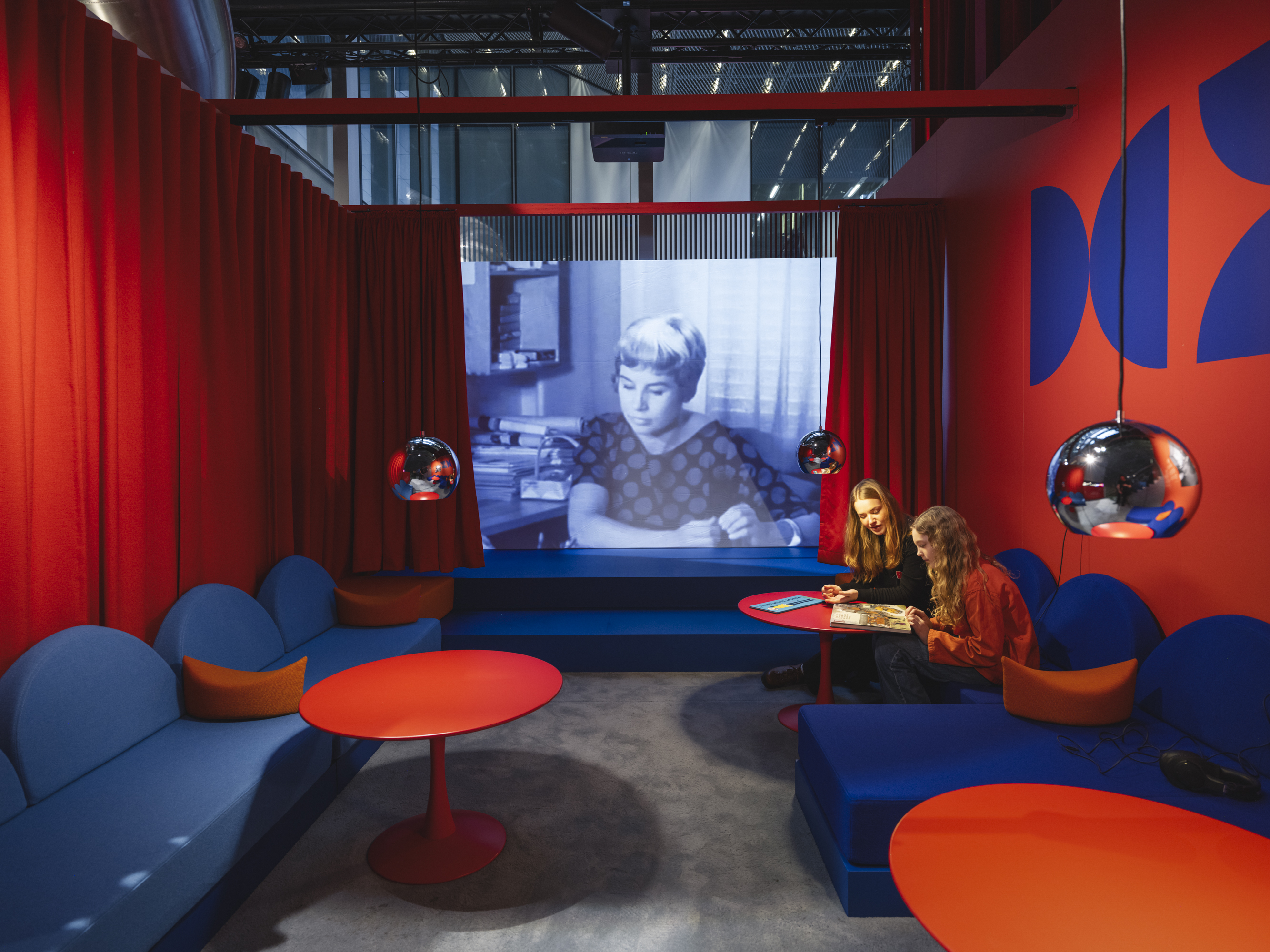
Wallpaper* Newsletter
Receive our daily digest of inspiration, escapism and design stories from around the world direct to your inbox.
Ali Morris is a UK-based editor, writer and creative consultant specialising in design, interiors and architecture. In her 16 years as a design writer, Ali has travelled the world, crafting articles about creative projects, products, places and people for titles such as Dezeen, Wallpaper* and Kinfolk.
-
 Put these emerging artists on your radar
Put these emerging artists on your radarThis crop of six new talents is poised to shake up the art world. Get to know them now
By Tianna Williams
-
 Dining at Pyrá feels like a Mediterranean kiss on both cheeks
Dining at Pyrá feels like a Mediterranean kiss on both cheeksDesigned by House of Dré, this Lonsdale Road addition dishes up an enticing fusion of Greek and Spanish cooking
By Sofia de la Cruz
-
 Creased, crumpled: S/S 2025 menswear is about clothes that have ‘lived a life’
Creased, crumpled: S/S 2025 menswear is about clothes that have ‘lived a life’The S/S 2025 menswear collections see designers embrace the creased and the crumpled, conjuring a mood of laidback languor that ran through the season – captured here by photographer Steve Harnacke and stylist Nicola Neri for Wallpaper*
By Jack Moss
-
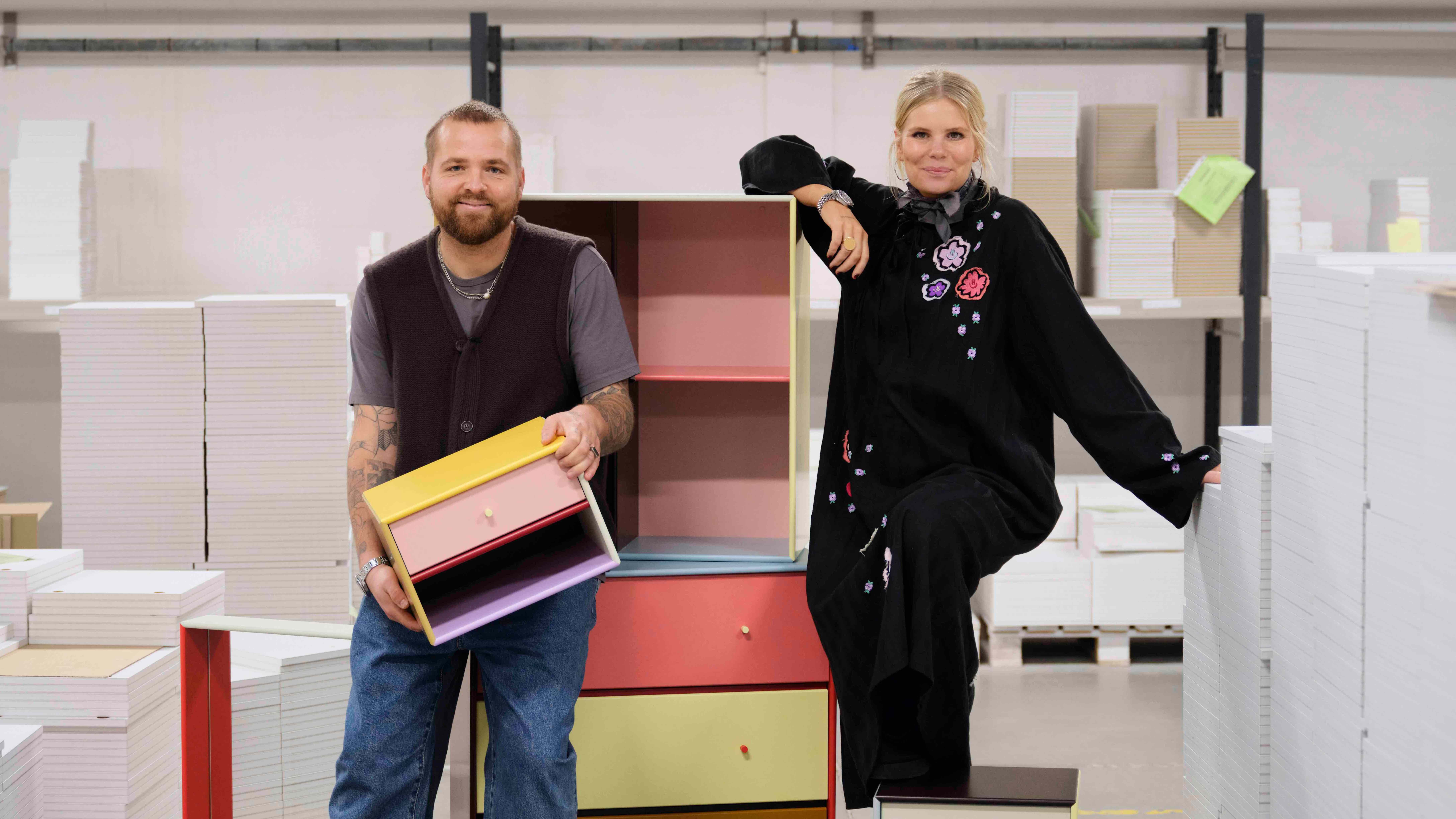 Six Montana Furniture classics get a colourful makeover by Kimpop
Six Montana Furniture classics get a colourful makeover by KimpopDanish designers and TV personalities Kimpop give Montana Furniture's classic designs a colourful new look: ‘People will either love it or find it outside their comfort zone’
By Ali Morris
-
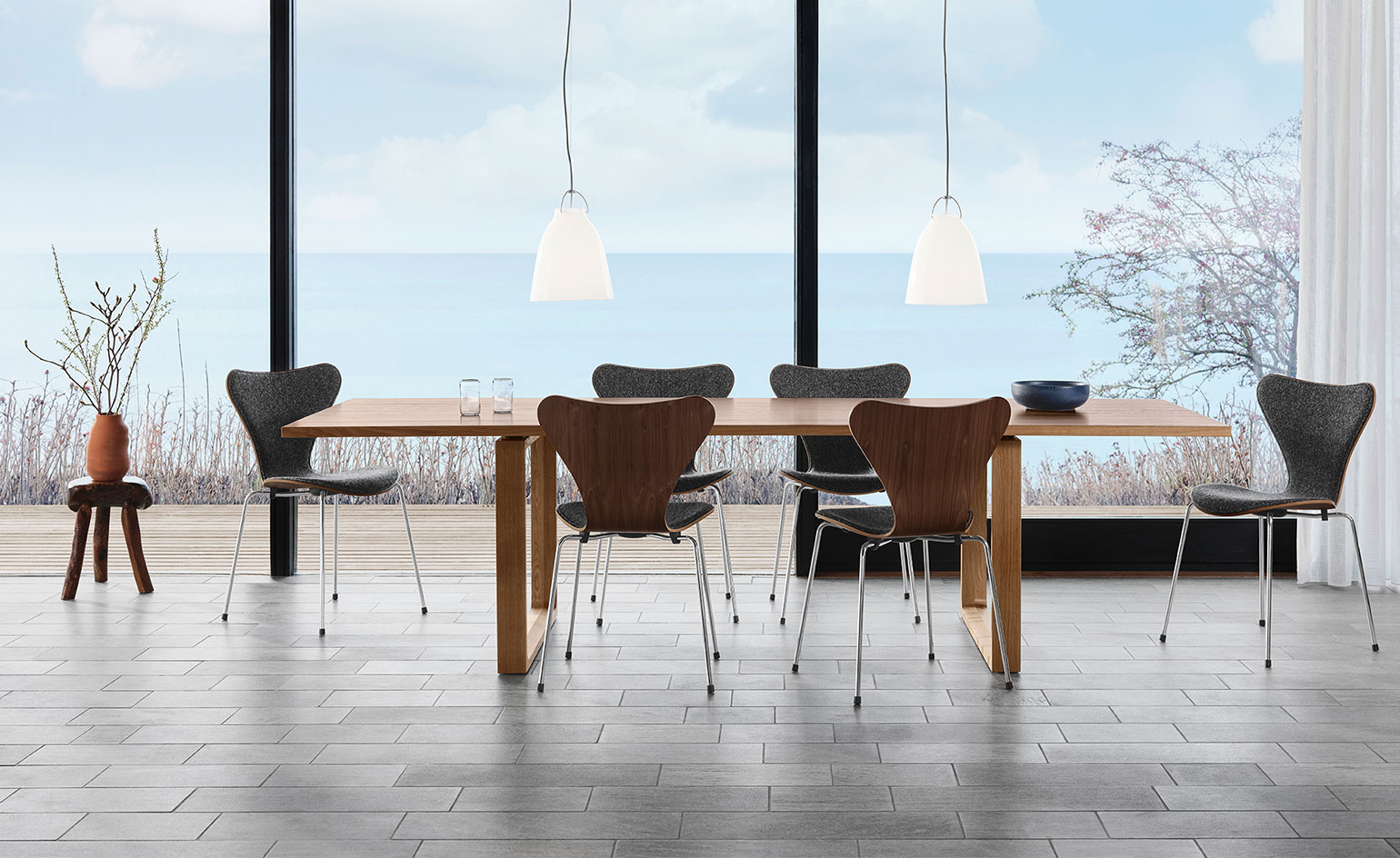 Fritz Hansen marks its 150th anniversary with new collection
Fritz Hansen marks its 150th anniversary with new collectionFritz Hansen’s ‘Anniversary Collection’ features reissues of iconic pieces by Arne Jacobsen and Poul Kjærholm, presented during 3 Days of Design 2022 (15 – 17 June)
By Rosa Bertoli
-
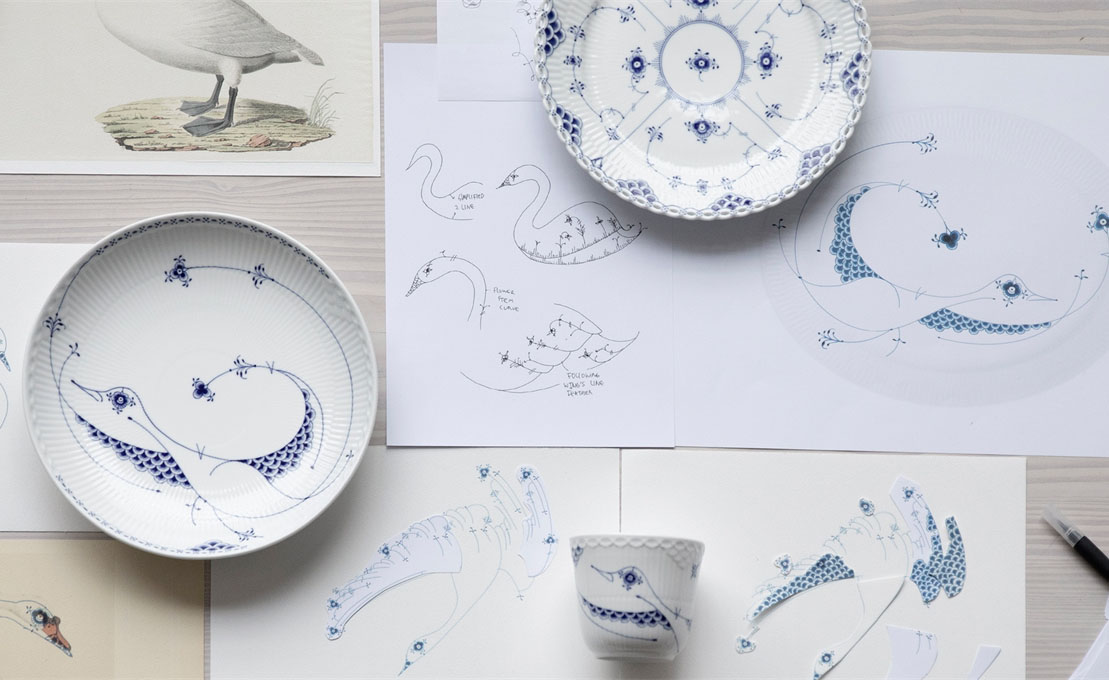 Best of Danish design (and more) from Copenhagen’s 3 Days of Design
Best of Danish design (and more) from Copenhagen’s 3 Days of DesignA selection of the best new spaces and furniture launches from Danish and international brands and designers, shown at Copenhagen’s 3 Days of Design 2021
By Rosa Bertoli
-
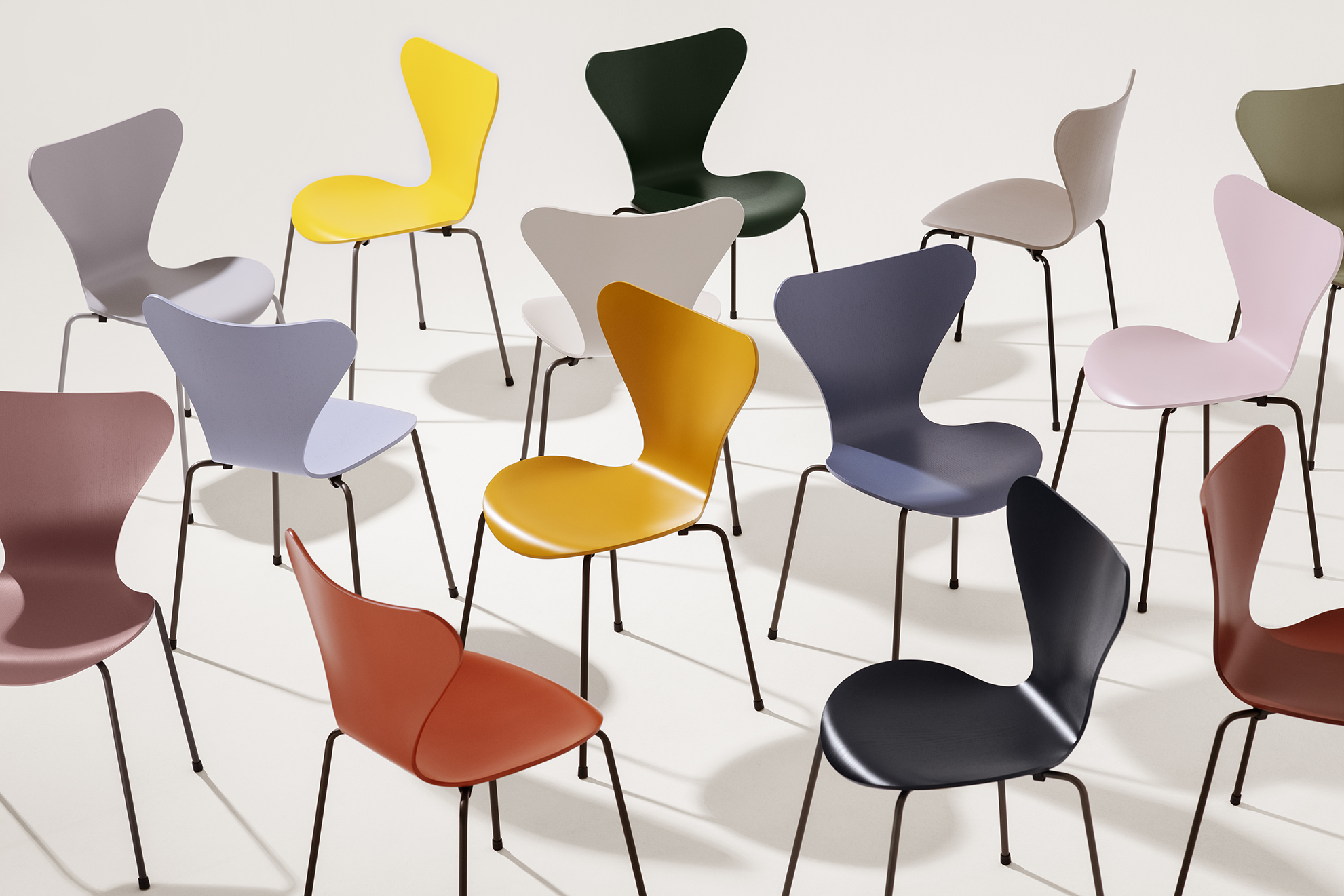 Iconic Arne Jacobsen dining chairs get a new colour palette
Iconic Arne Jacobsen dining chairs get a new colour paletteFritz Hansen enlists Italian curator Carla Sozzani to devise a new chromatic palette for Arne Jacobsen's iconic dining chairs
By Rosa Bertoli
-
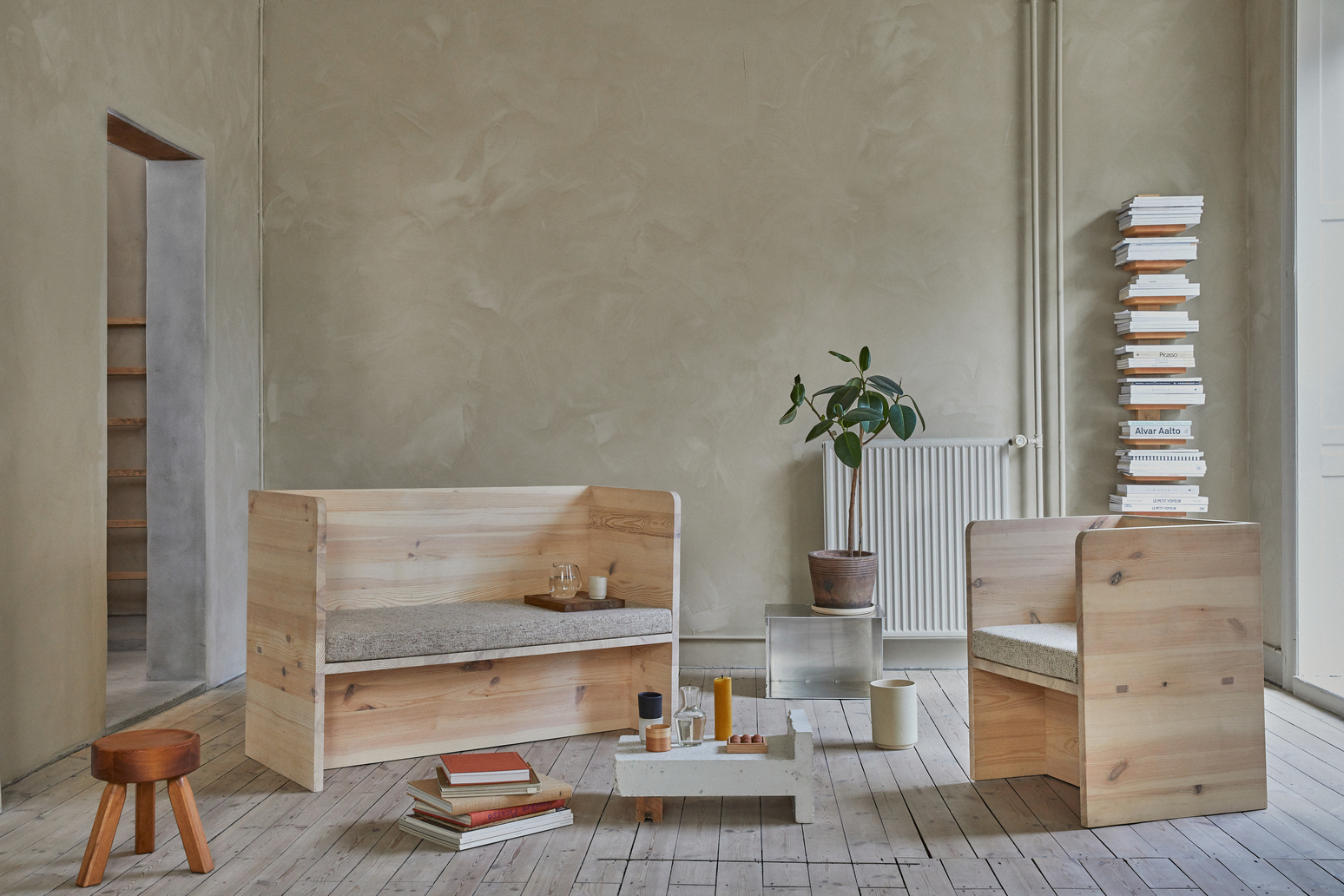 Frama’s first atelier collection pays homage to modernist Kaare Klint
Frama’s first atelier collection pays homage to modernist Kaare KlintCopenhagen-based design brand Frama pays homage the father of Danish furniture design, Kaare Klint, with a new atelier collection
By Daven Wu
-
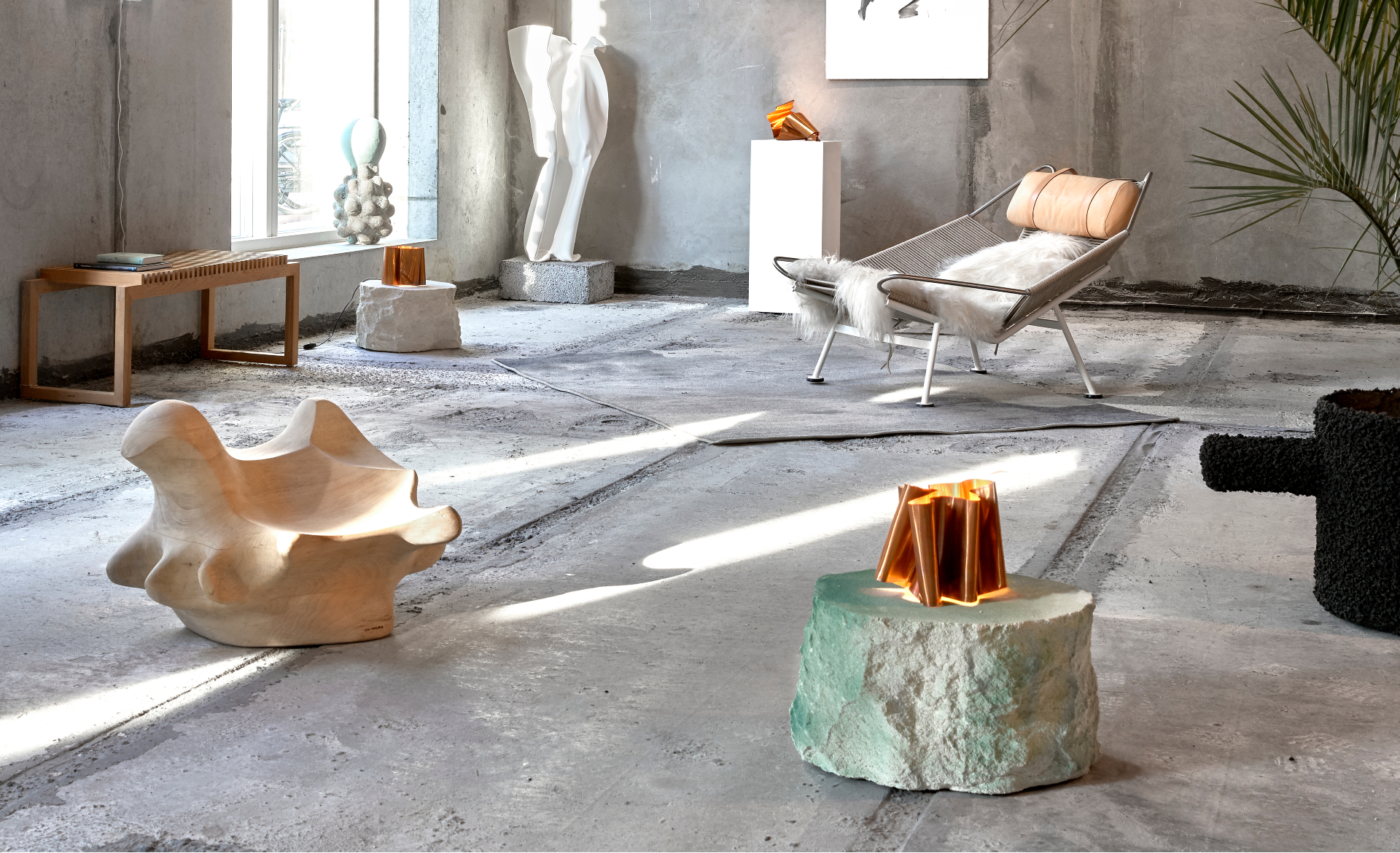 Copper feel: Lumière Bricoleur turns scrap metal into sculptural lamps
Copper feel: Lumière Bricoleur turns scrap metal into sculptural lampsThe duo’s first collection, mostly rendered in copper, is sourced on Copenhagen's streets and scrapyards
By Harriet Lloyd Smith
-
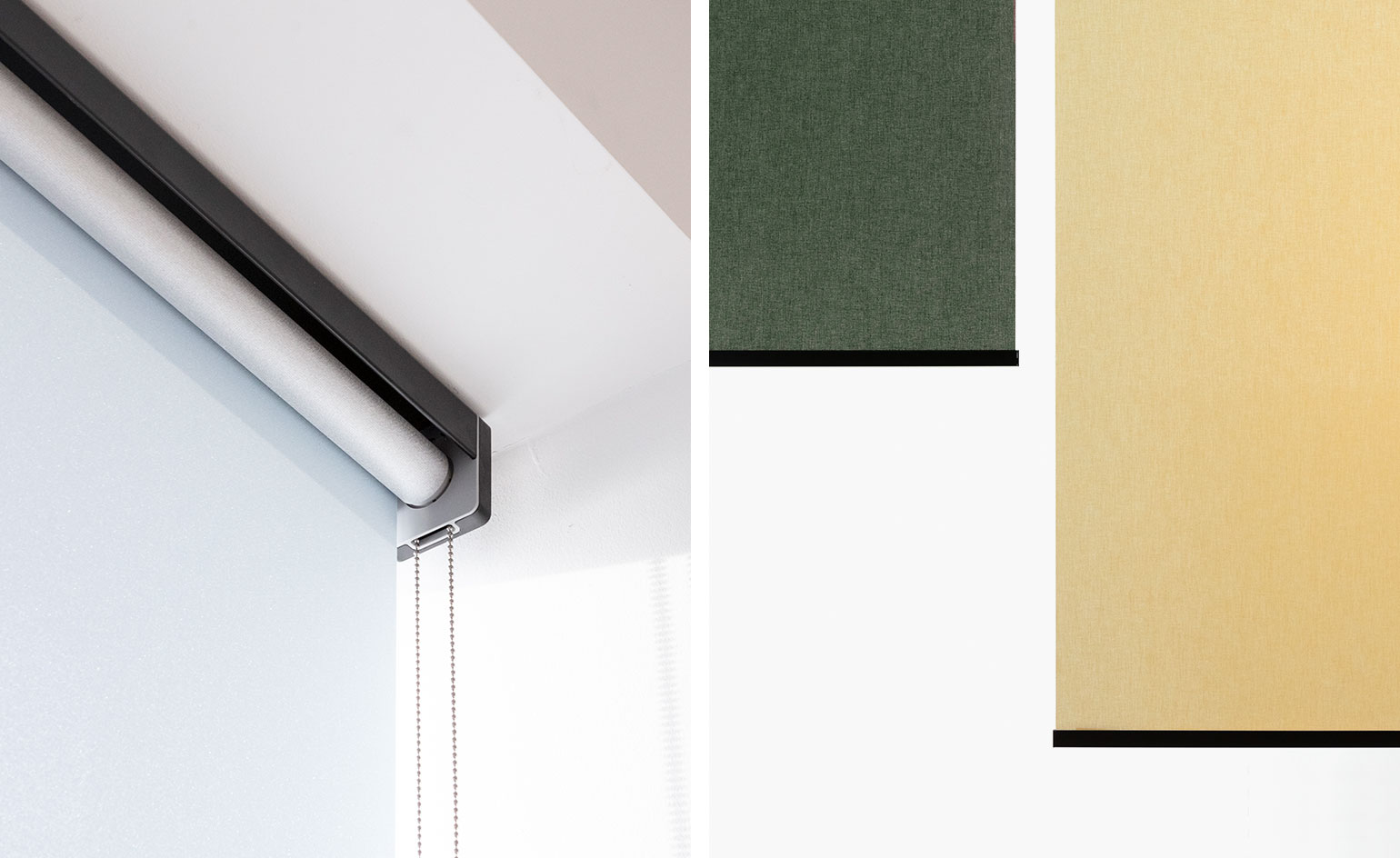 Kvadrat’s blind collection plays with transparency and tone
Kvadrat’s blind collection plays with transparency and toneRonan & Erwan Bouroullec design the Kvadrat Shade range with window covering specialist, Coulisse
By Alice Morby
-
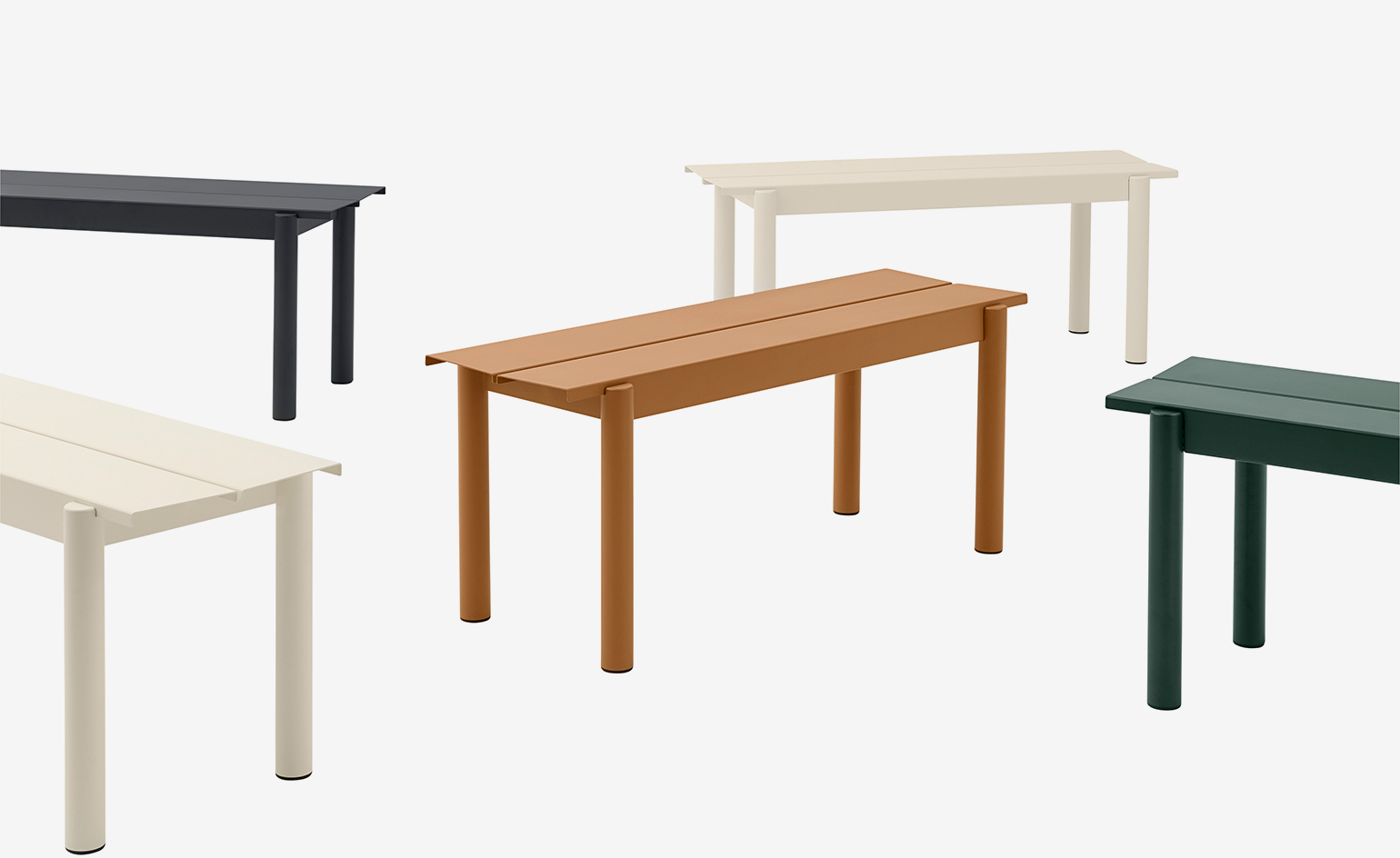 Muuto unveils debut outdoor furniture range with clean metal lines and timeless details
Muuto unveils debut outdoor furniture range with clean metal lines and timeless detailsBy Ali Morris